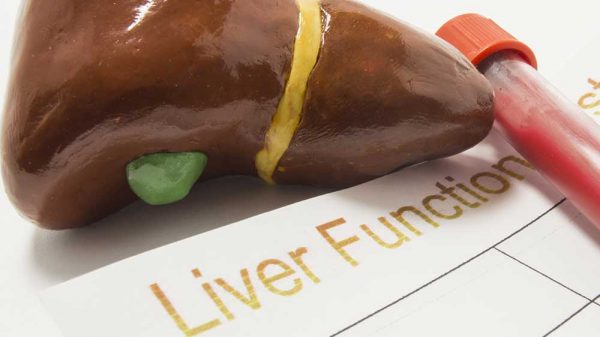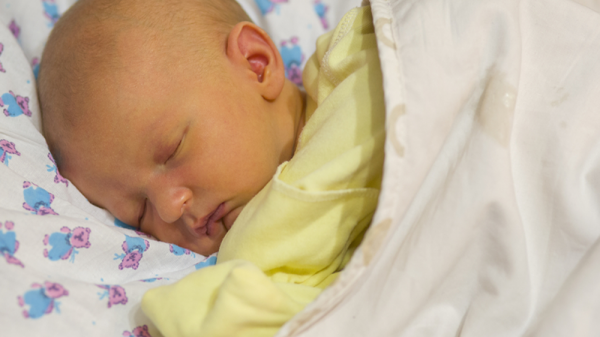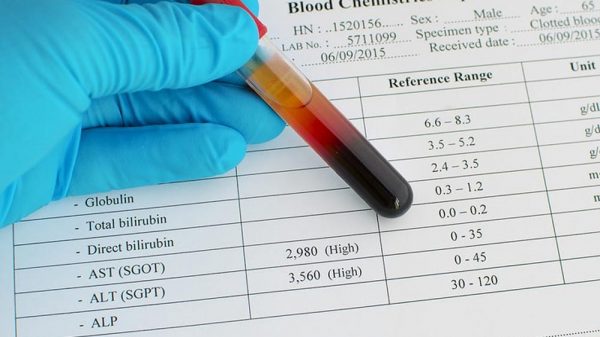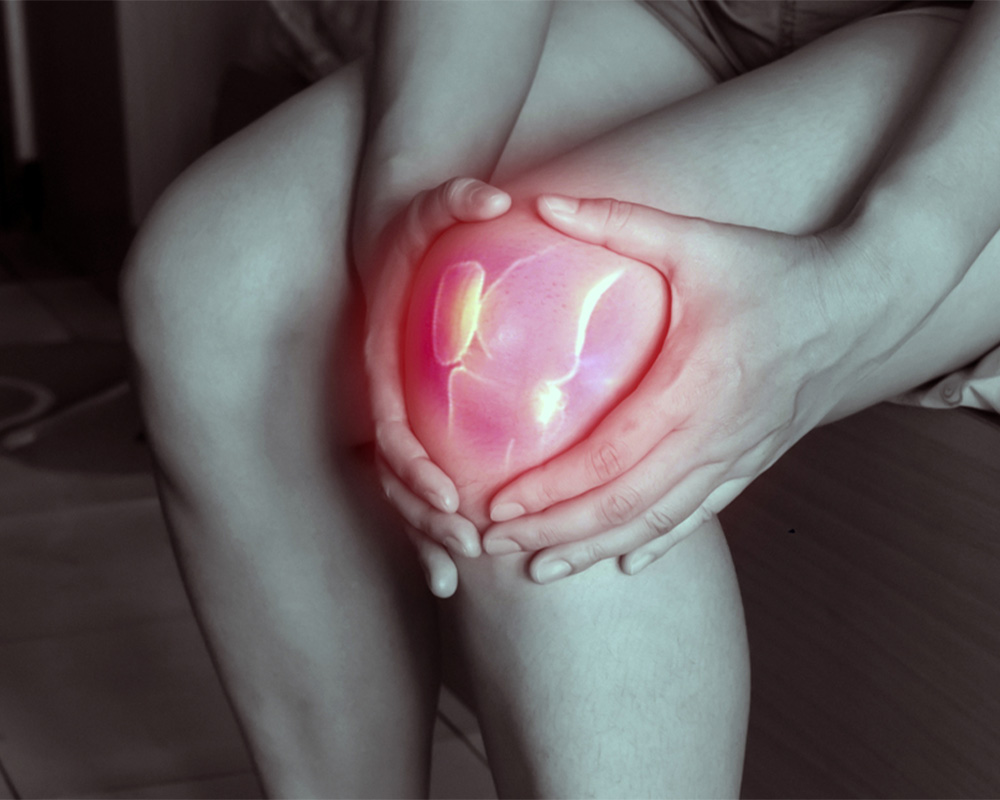Liver cirrhosis is a severe condition that develops after years of chronic liver injury and culminates in liver scarring and dysfunction. If you’ve been diagnosed with liver cirrhosis, you are probably wondering if this condition reversible. The short answer is yes. Liver cirrhosis was once considered to be a permanent and irreversible condition. However, research conducted in recent decades reveals that the liver is capable of regenerating with proper medical intervention, lifestyle changes, and diet.
What Is Liver Cirrhosis?
To better understand liver cirrhosis, let’s first examine what happens when you sustain an external injury. When you have a wound on your skin, your body’s repair mechanisms are triggered: bleeding stops, white blood cells rush to the scene, scab forms in a few days, and the wound heals. Depending on the severity of the injury, you may develop scar tissue. Repeated injury to the same area of the skin causes even more distortion and scarring.
Internal injuries follow the same path as external injuries. Chronic injury to your liver causes fibrosis, which is the development of scar tissue as your liver works to repair itself. After a long period, usually 15-20 years, fibrosis leads to cirrhosis- a condition in which scar tissue damages both the structure and function of the liver.
Causes of Liver Cirrhosis
Common causes of liver injury that lead to cirrhosis include:
- Viral Hepatitis: Hepatitis B and hepatitis C are viral infections that cause hepatic inflammation and liver damage.
- Nonalcoholic Steatohepatitis: Steatosis describes the accumulation of fat in the liver, and steatohepatitis describes the development of fatty liver and subsequent inflammation. Nonalcoholic steatohepatitis is also known as nonalcoholic fatty liver disease and is precipitated by poor diet, obesity, and metabolic syndrome.
- Autoimmune Hepatitis: Chronic hepatitis can occur when your immune system malfunctions and attacks your liver, instead of foreign invaders like viruses and bacteria.
- Alcoholic Liver Disease: Certain neurological and psychological factors lead to alcohol addiction, chronic alcohol abuse, and liver damage.
These illnesses inflict damage on the liver through a complex biological cascade. Hepatic cellular injury often precipitates apoptosis or cell death. Byproducts of hepatic injury include cellular waste like reactive oxygen species, which interfere with the function of other liver cells. The resulting condition is oxidative stress, which impairs normal liver function, aggravates the immune system, and creates a state of chronic inflammation.
In healthy individuals, acute inflammation is a helpful immune response that helps us heal a wound or fight off infection. However, chronic inflammation is a detrimental state that has been identified as a culprit in nearly all diseases and conditions. In liver fibrosis, chronic inflammation instigates the overproduction of collagen and other connective tissues in the extracellular matrix, the area of liver tissue responsible for maintaining the organ’s form. Eventually, fibrosis destroys the liver’s structure and damages hepatic processes. (1, 2)
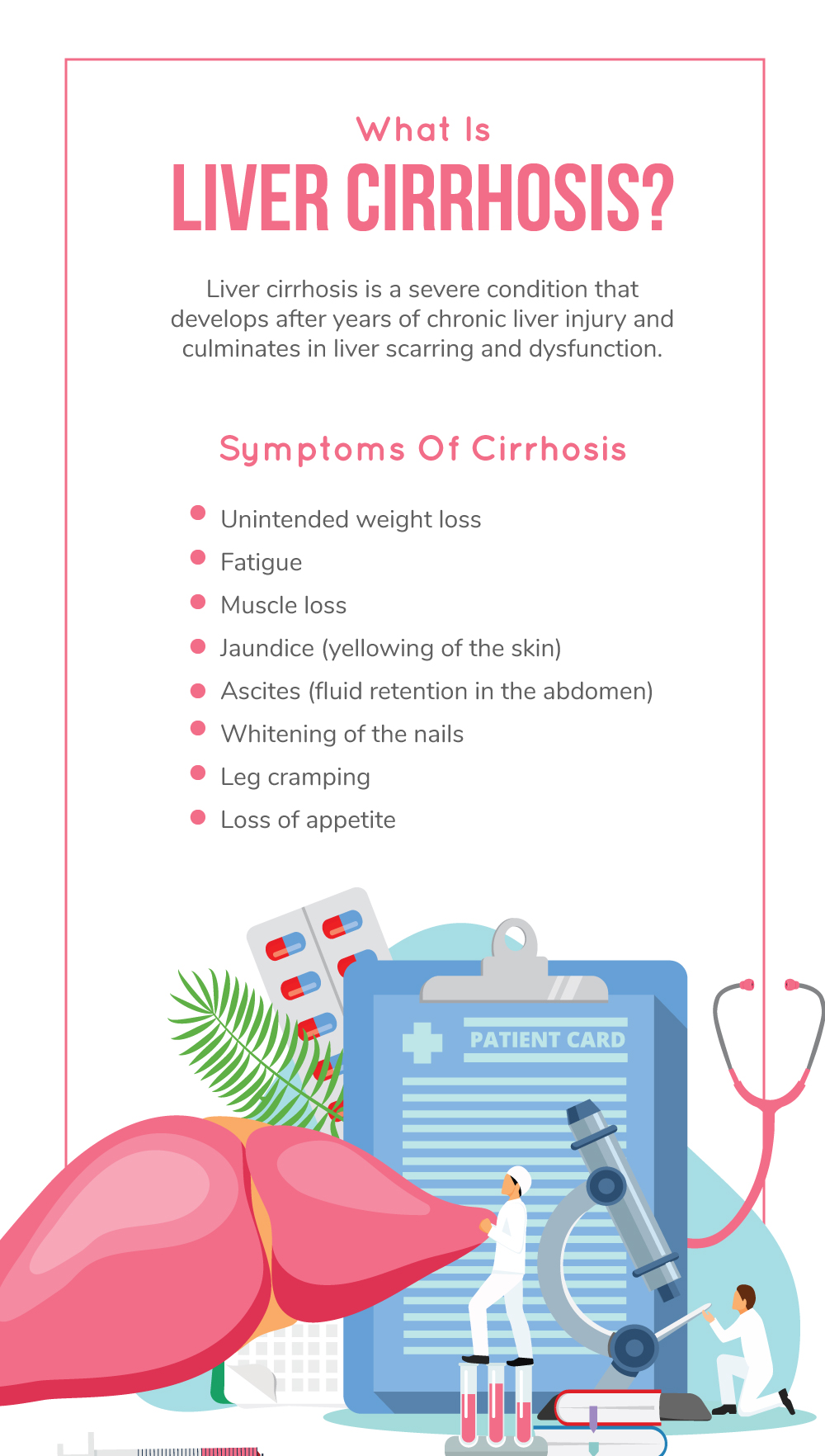
Symptoms and Diagnosis of Liver Cirrhosis
If you have liver cirrhosis, you could be experiencing many unpleasant symptoms:
- Unintended weight loss
- Fatigue
- Muscle loss
- Jaundice (yellowing of the skin)
- Ascites (fluid retention in the abdomen)
- Whitening of the nails
- Leg cramping
- Loss of appetite
Keep in mind that in earlier stages of cirrhosis, you may experience no symptoms at all. If you have one of the causal illnesses and are worried about liver damage, your doctor will be able to conduct necessary tests for a proper diagnosis.
Your doctor will look for clinical indicators of cirrhosis including portal hypertension and esophageal varices. Both conditions result from disruptions in blood flow to and from the liver. Portal hypertension describes high blood pressure in the portal vein; esophageal varices refers to enlarged blood vessels. Blood tests may also be used to measure serum protein levels and nutrient deficiencies that could be signs of hepatic fibrosis. A liver biopsy can provide detailed information on the extent of damage in liver tissue.

Is Cirrhosis of the Liver Reversible? This Is What the Research Shows
Liver cirrhosis was once thought to be a life sentence causing irreparable damage, with the only viable solution being liver transplantation. Research proves that with proper treatment and good nutrition, cirrhosis can be reversible.
Reversing damage in earlier stages of cirrhosis is easier than reversing damage during advanced cirrhosis, and some liver damage may be irreversible. However, this doesn’t mean that healing the liver in late-stage cirrhosis is completely impossible, and there is scientific evidence demonstrating that damage from liver cirrhosis can be reversed, even in advanced cases.
You can take certain actions to prevent further degeneration, support healing, and avoid life-threatening complications of cirrhosis such as liver failure, hepatic encephalopathy, and liver cancer. It’s critical to identify the cause of liver damage, seek treatment, and introduce a therapeutic diet and lifestyle plan.
First Step in Reversing Liver Cirrhosis: Treating the Underlying Cause
The first step in reversing liver cirrhosis is identifying and eliminating the immediate cause of liver damage. Your treatment will vary depending on the source of your liver damage.
Viral Hepatitis
If you have viral hepatitis, antiviral drugs will help treat the infection and may also be effective in reversing cirrhosis. One study shows that treatment with the antiviral drug entecavir successfully treated hepatitis B and resulted in significant improvements in cirrhosis for 88% of patients. In another study, hepatitis C patients were treated with medications like antivirals. Results revealed that the majority of patients showed improvements in measures of cirrhosis and inflammation.
Nonalcoholic Fatty Liver Disease
For nonalcoholic fatty liver disease, weight loss and lifestyle change are the primary courses of treatment. Research shows that weight loss results in healthier liver tissue, though the impact on cirrhosis regression is unclear.
Autoimmune Hepatitis
Autoimmune hepatitis is often treated with immunosuppressants, which deactivate the immune system to prevent continued attacks on the liver. Studies investigating the outcome of immunosuppressant treatment reveal improvements in fibrosis.
Alcoholic Liver Disease
Research assessing pharmacological interventions for alcohol-induced liver damage is less promising. So, is alcoholic cirrhosis reversible? Yes, and the most effective first step if you suffer from alcohol abuse disorder is to quit drinking. You must detox from alcohol and abstain from alcohol consumption. Research shows that life expectancy for alcoholic cirrhosis is highly dependent on alcohol abstinence. Nutrition and lifestyle changes are critical factors for liver repair in alcoholic liver disease.
Lifestyle and Diet for Cirrhosis
When the direct cause of liver damage has been mitigated, therapeutic lifestyle and diet alterations can be introduced for maximum impact.
As a foundation, wipe your diet clean of all processed foods, replacing them with vegetables, fruits, legumes, and whole grains. Processed foods contain high levels of sugar, salt, and chemicals like artificial sweeteners and preservatives; all of which are hard on your liver. Processed foods tend to be empty calories with no nutritional value. Instead, opt for nutrient-dense, fiber-rich foods that support healing.
Examples of foods that support liver health include:
- kale, collard greens, spinach
- blueberries, raspberries, blackberries
- nuts and seeds
- beets
There are also many specific foods and herbs with potent anti-inflammatory and antioxidant effects that benefit your liver and encourage healing. Consider adding some of these to your daily routine.
Eat Foods Rich in Omega-3 Fatty Acids
Omega-3 fatty acids docosahexaenoic acid (DHA) and eicosapentaenoic acid (EPA) are powerful anti-inflammatory agents. Cirrhotic livers lack sufficient levels of omega-3 fatty acids, and lower levels of DHA are associated with progressive liver damage. Research demonstrates that DHA has an inhibitory impact on fibrosis, effectively halting the progression of liver cirrhosis.
To consume enough DHA, make sure you add eggs and fatty fish like salmon to your diet. Supplementing with fish oil is also another option to ensure adequate intake of DHA. However, make sure you’re only using high-quality supplements; low-quality fish oil supplements may contain harmful contaminants.
Consume the Right Balance of Amino Acids
Amino acids are the building blocks of protein and combat malnutrition, muscle loss, and hepatic encephalopathy associated with liver cirrhosis. Benefits extend beyond muscle synthesis; amino acids are also critical for immune function and hepatic function. Research demonstrates that essential branched-chain amino acids decrease the number of reactive oxygen species in liver cells, mitigate fibrosis, and elongate the lifespans of rats with late-stage liver cirrhosis. Other studies reveal that branched-chain amino acids have anti-inflammatory properties and effectively improve the quality of life for human subjects with cirrhosis. To ensure that you’re consuming enough essential amino acids, incorporate protein-rich foods like meats, nuts, seeds, quinoa, brown rice, beans, and lentils into your diet. Supplementation with an optimal ratio of essential amino acids may enhance liver function.
Reduce Your Salt and Sugar Intake
When seasoning your food, don’t be heavy-handed with the salt and sugar. Avoid processed, pre-prepared, and packaged foods that usually contain vast quantities of sugar and salt. Salt can exacerbate ascites and cause your body to retain more water. Too much salt can also further impair kidney function that’s already been compromised as a result of liver cirrhosis. Consuming excess sugar inflicts additional stress on your liver. Cirrhosis-induced insulin resistance and altered glucose metabolism cause your body to be less tolerant of sugars. It’s best to avoid sugar, so your liver cells can focus on growth and repair.
Drink Green Tea
For centuries, green tea has been recognized for its healing properties. Green tea’s health benefits are usually attributed to the polyphenols epicatechin-3-O-gallate (ECG) and epigallocatechin-3-gallate (EGCG), which have been proven to reduce oxidative stress and inflammation and ameliorate liver fibrosis. Research shows that ECG and EGCG reduce the activity of inflammatory cytokines and deactivate cancer-causing agents. Try adding a cup of green tea to your morning routine. Because it contains some caffeine, green tea can also be used as a mid-afternoon energy boost.
Season with Turmeric
Turmeric, or curcumin, is a spice often used in Asian and Middle Eastern cuisine. Research on animal models demonstrates turmeric’s hepatoprotective properties. In one particular study, administering curcumin to cirrhotic rats resulted in significant improvements in liver health indicators. Examination of turmeric-treated liver tissue revealed bioelectrical activity that was similar to that of healthy liver tissue. Additionally, turmeric inhibited the activity and expression of certain proteins in liver cells, effectively decreasing both fibrogenesis and levels of inflammation. To add turmeric to your diet, you can sprinkle some in your smoothies. Turmeric can also be added to curry dishes to enhance both flavor and health benefits. Curry powder already contains turmeric – it’s where curry gets its bright yellow color.
Cook with Garlic
Garlic not only has a potent smell, but also a potent anti-inflammatory effect. A study conducted on rats showed that garlic extract helped cirrhotic liver regenerate healthy structural tissue and recover function. Ingesting garlic inhibits cytokines involved in fibrogenesis. To incorporate more garlic into your diet, add chopped garlic to stir-fries and sauces, or roast whole cloves in the oven with vegetables. Cooking garlic also reduces its pungency and makes it more palatable.
Consume Enough Calories
For anyone, sufficient calorie intake is crucial to provide energy for your body to carry out all cellular processes. To counter metabolic abnormalities and muscle wasting associated with liver cirrhosis, try adding a caloric, protein-rich snack right before bed. However, be careful to avoid overconsumption if you have nonalcoholic fatty liver disease. Highly caloric diets rich in sugar and saturated fat can lead to the continued buildup of fat cells in the liver and exacerbation of liver cirrhosis.
Take Any Necessary Supplements
Malnutrition associated with liver damage makes micronutrient deficiency common in liver cirrhosis. Deficiencies in vitamin B, vitamin C, vitamin D, magnesium, and zinc can exacerbate oxidative stress and impair immune function, and cause added stress on your liver. Your physician may recommend a daily multivitamin to counteract insufficient micronutrient levels.
You Can Reverse Damage from Liver Cirrhosis
If you are diagnosed with liver cirrhosis, do not despair. Though complete recovery is not guaranteed, it’s worth taking all steps to repair as much liver tissue as possible. With proper treatment and diet plans, you can regain the function of your liver, prevent further damage, lower your risk for complications, and ultimately improve your quality of life.
